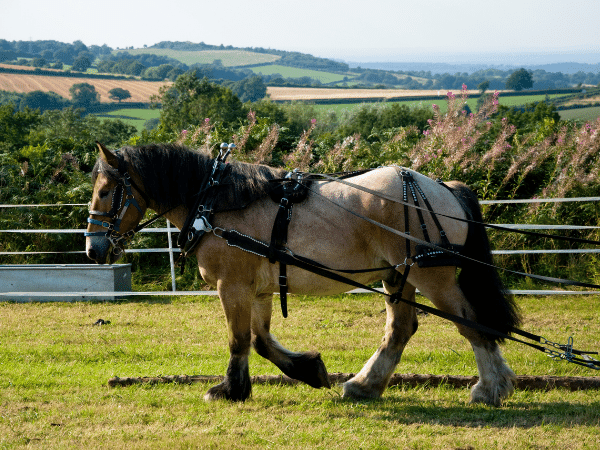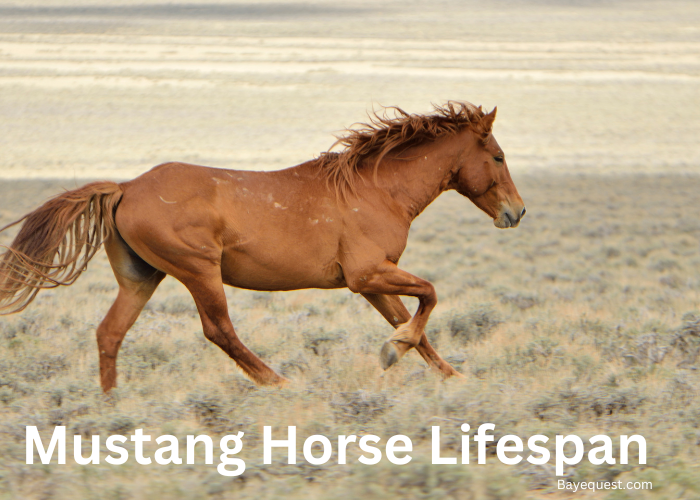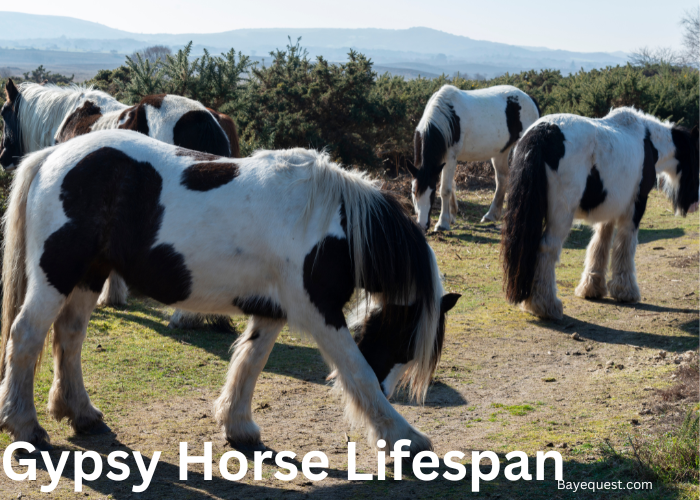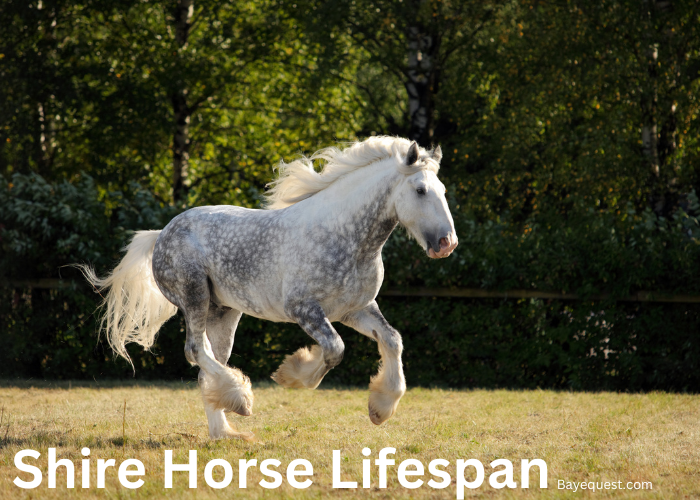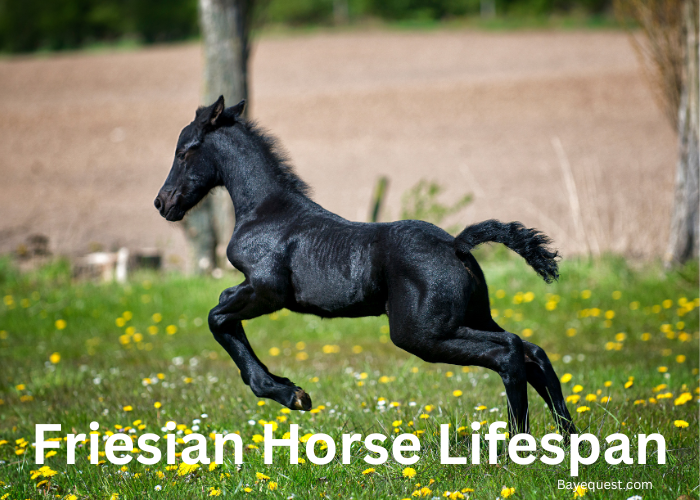You can’t go wrong with a sturdy draft horse. They’re the real workhorses, always ready to carry their riders and pull carts for miles. Draft horses aren’t just strong; they’re also stars in both farm work and show competitions.
That’s why the Belgian horse stands out as a great choice for breeders and anyone looking for a friendly giant. Despite their size, Belgians are known for being kind and easy-going. They easily bond with their owners and are a breeze to train.
But, how much do they cost? Well, they’re not cheap. Even the young ones will set you back a few thousand dollars. Let’s dive into what you can expect to pay for one of these gentle giants.
Belgian Horse History and Origin
The story of the Belgian Horse starts in Brabant, Belgium. No wonder a few conservative equestrians call them Brabant horses.
The earliest trace of the Brabant takes us back to the Great Horse famous for conquering battles in the Middle Ages. The Great Horse was an athletic Flander (war horse), though breeders later crossed him with Shires, the Suffolk Punch, and other drafts to obtain larger, stronger horses for carriage, farming, and industrial use.
You can imagine the Belgian horse’s contribution to the First and Second World Wars. It was one of the most common faces on the battlefront.
Unfortunately, Belgian horse numbers dwindled to near extinction following the two wars. But American breeders preserved a few stallions and later used the best of them, the Farceur Horse, to develop modern Belgians.
Big Jake, the tallest horse until he died in 2021, is one of the most famous Belgians. He died at 20 years old.
Factors Affecting Belgian Horse Prices
You’ll notice that Belgian horse prices vary significantly from one horse to the next. Five main factors determine the prices;
- Age: Young foals and old veterans are the cheapest horses. Foals are cheap because they’re unbroken and have not received any training. Meanwhile, veterans may only have a few years of their lives left. Moreover, maintaining older horses is more expensive due to age-related health conditions.
- Gender: Generally, stallions are more expensive than mares, especially for breeding stock. Geldings are typically pricier than regular males.
- Bloodlines: Purebreds are the most expensive horse breeds because they closely resemble the founding stallions, meaning they have superior abilities. But, they’re extremely rare, which can push the prices further up.
- Disciplines: Belgian horses are all-rounders, shining both on the farm and in the competition ring. What they’re trained for can really change their price. Racing and dressage? Those are top of the list and mean a higher price tag.
- Level of training: Horse training costs a lot of money, and special training costs even more. Moreover, highly-trained horses excel in their disciplines and, therefore, may win trophies and cash prizes to benefit the owner. So, they cost more.
How Much Does a Belgian Horse Cost?
A Belgian horse costs $5000 to $10,000, on average. The actual price depends on the age, gender, bloodline, discipline, and level of training.
Younglings are generally cheap, depending on where you buy them. For instance, breeders keen to maintain a lean stock are happy to sell foals under nine months for less than $1,000. Similarly, owners accept $1,000 or thereabouts for yearlings.
However, the prices climb quickly as the horse matures, peaking at $10,000 for a regular stallion between 3-7 years. Then, they drop again to $3,000 or less as the animal ages.
Purebreds cost an arm, though – assuming you can find one. Expect to pay upwards of $30,000 for mature purebreds. But the potential return on investment is massive.
Most importantly, be prepared to pay more for racing or dressage horses. For example, a highly rated 1-year-old Belgian gelding recently sold for $29,000 at the Topeka Draft Horse Auction. Meanwhile, a 3-year-old gelding with show potential was sold for $100,000 at the same auction.
Finally, personal preferences also matter. For instance, coat colors may not add much to a horse’s performance. But rare colors often attract higher bids.
Breaking Down Belgian Horse Ownership Costs
| Cost Type | Cost Range | Notes |
|---|---|---|
| Acquisition Cost | $5,000 – $10,000 | Varies by age, gender, bloodline, discipline, and training. Foals under 9 months could be < $1,000. Prices peak at $10,000 for 3-7 year olds. Purebreds can go > $30,000. |
| Monthly Boarding (Full Care) | $1,200 – $2,000 | Facility takes full responsibility. Most convenient option. |
| Monthly Boarding (Self Care) | $200 | Facility provides shelter only. Owner manages feeding, watering, etc. |
| Monthly Feeding | $720 | Based on 2% of a 2,000-pound horse’s body weight in hay and grains daily. |
| Annual Routine Vet Care | $250 – $350 | For routine vaccination, deworming, and dental work. |
| Annual Common Disease Treatment | $500 | Budget for treating common diseases. |
| Annual Emergency Medical Care | $500 | Set aside for emergency medical care. |
| Annual Farrier Service | $120 – $1,000 | Depends on the quality of services. |
| Annual Insurance | $150+ | Optional but recommended to protect your investment. |
We now know that Belgian horses cost $5,000 to $10,000 at the market. So you can begin budgeting.
Unfortunately, buying the horse is only the first step. Ownership costs are an even bigger headache and require proper planning to avoid surprises. The next section breaks down typical ownership expenses, so you’re ready when the horse arrives home.
Boarding Costs
Ideally, you want to keep your horse at home where you can see them every morning. The kids will thank you, too. However, horse boarding makes more sense if you lack the space or time to care for your new pet.
You have two broad options – full-care and self-care boarding. Full boarding is the most convenient as the facility takes full responsibility f the horse’s well-being. But it’s expensive. Full boarding costs range from $1,200 to $2,000 per month.
Meanwhile, self-care boarding is the cheapest, costing as little as $200 per month. However, the facility only provides shelter. The owner oversees every other aspect of the horse’s well-being, including feeding and watering.
Feeding costs
Belgian horses are big horses that eat a lot and drink plenty of water daily. For example, Big Jake ate a full hay bale daily at his peak. So, consider the feeding budget carefully if your hose isn’t at a full-board facility.
The easiest solution is to spare 2% of the horse’s body weight worth of hay and a similar amount for grains, salts, and supplements.
For example, you need 40 pounds of hay daily for a 2,000-pound Belgian horse. That means about $12/day, given a 50-pound bale of quality hay costs $15. Then, you also need about $12 worth of grains, supplements, and salts daily. That’s $720/month.
Equipment and supply costs
Don’t sweat much about equipment and supplies if you’ve owned horses before. Simply clean and reuse the existing equipment. It can save you more than $2,000.
Unfortunately, you must prepare to spend significantly on equipment if this is your first horse, depending on the boarding plan. Generally, self-care boarders are the most expensive as you must purchase every piece of equipment the horse needs, including watering troughs.
The tack is the most expensive equipment. It comprises the saddle, bridle, saddle pads, breast collar, and several other items. A quality tack costs $600 to $1,000+. Indeed, a quality saddle alone costs $600+. Then you also need safety equipment, including a helmet and boots.
Of course, you also need a saddle pad, hay net, first aid supplies, winter blankets, and grooming supplies, including a face brush and curry comb. These items can easily cost $1,000+.
Health and hygiene costs
Every horse requires basic vet care. For instance, your Belgian requires routine vaccination, deworming, and dental work. Additionally, you must be prepared for common equine illnesses, such as junctional epidermolysis bullosa and polysaccharide storage myopathy. Then, emergencies, such as bone fractures, may arise.
A $250-$350 annual budget is sufficient for routine procedures. Additionally, set aside $500 for treating common diseases and another $500 for emergency medical care. Meanwhile, farrier services cost $120 to $1,000 annually, depending on the quality of services.
Finally, would you like to insure your horse? A quality cover can protect your investment from unexpected events. But it costs at least $150/year.
Belgian Horse Characteristics

Belgian horses resemble other drafts. They’re big, strong draft horses available in different colors. Here’s how to identify one;
- Height: Belgian horses are tall and mature at 16.2 to 17 hands. However, a few are extra tall. For instance, Big Jake was over 20.5 hands when he died.
- Weight: The average Belgian horse weighs 1,800 to 2,400 pounds. European bloodlines are heavier. But American stallions regularly exceed 2,000 pounds. The heaviest one on record is the Brooklyn Supreme, who died in 1948 at 3,200 pounds.
- Color and coat patterns: Most Belgian horses are chestnut. Bay Belgians were common in the past, but not anymore. Instead, roan and sorrel are more popular colors. White markings on the face and lower legs are standard.
- Temperament: Belgian horses are gentle giants with an even temperament. The cold-blooded giants are docile, kind, and very friendly. This makes them the perfect family pets. However, they’re brave even in the face of danger.
Uses and Disciplines
Belgian horses are extremely versatile. They are big and strong, perfect for demanding roles on the farm and ranch. For example, many farmers in the 18th and 19th centuries relied on Belgian horses to haul agricultural raw materials and produce over long distances. Others also used them for plowing.
Additionally, Belgians excel in carriage duties, such as pulling carts. Their strength and intelligence allow them to haul heavy and delicate items with little trouble.
Unfortunately, motor vehicles have taken most transportation roles. But that doesn’t render draft horses useless. Instead, the roles have evolved.
For instance, drafts are some of the most trusted saddle horses. A well-trained Belgian will take you on an unforgettable trail ride. Plus, Belgians are great pet horses, thanks to their calm demeanor. Their sizes can be intimidating at first. But they form strong bonds with humans once you’re acquainted.
Above all, consider a Belgian horse if you enjoy equestrian events and would like to participate. They are among the best ring horses, excelling in dressage, racing, and many other competitions.
Belgian Horse vs. Clydesdale

Though slightly smaller, the Clydesdale is a great alternative to the Belgian horse. They often peak at 17 to 18 hands, whereas superior Belgians can grow to 19 hands tall. Belgians (2400 pounds) are heavier than Clydesdales (2000 pounds). Nonetheless, it is the closest breed to the Belgian if shopping for a large draft horse, though a tad more expensive.
Belgian vs. Percheron Horses
Percherons are another fantastic option for draft horses. Some stand as tall as 17 hands and weigh up to 2,000 pounds. They’re just as flexible in their roles as Clydesdales and Belgians. However, Belgians tend to be shorter and have longer bodies in comparison. Percherons mostly come in black or grey and are generally less expensive than Belgians.
FAQS
How Long Do Belgian Horses Live?
Belgian horses live for 18 to 24 years, slightly below the average lifespan of a horse. But the figure is not etched in stone. Instead, how long your horse lives depends primarily on the quality of care. Belgians easily live to 30+ with good care.
Are Belgian Horses Rare?
No, Belgian horses aren’t rare or threatened. It’s less common than the quarter horse and other famous American breeds. But it’s still the most common draft horse in the US. Recent data show 300,000 Belgian horses worldwide, similar to the US human population.
How Much Does a Draft Horse Cost?
Draft horses cost between $3,000 and $10,000 on average. However, the sale prices vary widely, depending on the breed and several other factors. For instance, you can buy a young, unbroken Clydesdale under nine months old for $700. Meanwhile, model Friesian mares cost $100,000+.
What’s the Cheapest Draft Horse Breed?
Standardbred and quarter horses are the cheapest draft breeds. You can acquire retired standardbred horses for as little as $300. Alternatively, a prime stallion without special training costs under $2,500. Similarly, mature quarter horses rarely exceed $5,000. But note that performance horses are very expensive no matter the breed.
Why are Belgian Horses So Popular?
Belgian horses are incredibly popular because of their versatility and ease of keeping. They fit o many roles on the farm. Additionally, the Belgian is a wonderful saddle horse and one of the friendliest horse pets. Besides that, the Belgian breed has produced many Championship winners, making them great sports horses.
Final thoughts
The Belgian horse is a wonderful companion and one of the best value-for-money investments.
Owners and trainers praise the breed’s gentle temperament and calm demeanor. But it’s a fairly expensive breed, with prices starting from $5,000 for mature mares and stallions.
Also, find out the price of a Turkoman horse in our next blog.




